

James Wong
2026 Audi SQ5 review: Quick drive
5 Days Ago

News Editor
Ford Australia is continuing its cull of affordable vehicles, putting down its petrol-powered Puma crossover.
The Puma nameplate will live on with the electric Puma Gen-E, due later in 2024, but it’ll almost certainly have a much higher base price.
Ford says it has stock of the Puma on the ground to fulfil all existing orders, with last arrivals of the petrol-powered model due in May. It will disappear from the local lineup by mid-2024.
The Blue Oval brand says killing the petrol Puma will “make way for growth opportunities in Ford’s broadest ever Transit and Mustang range”.
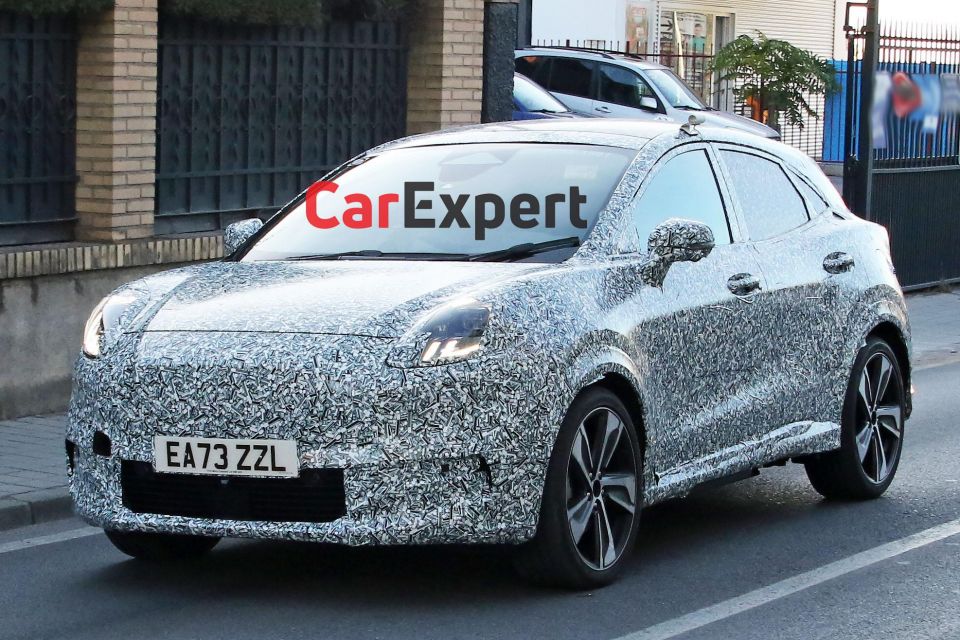
“Our focus is on vehicles and in segments where we can really meet the unique needs of Australian customers. We see particular opportunities in commercial vehicles – from Transit to E-Transit, Transit Custom to E-Transit Custom, alongside Ranger,” said Ford Australia president and CEO Andrew Birkic in a media statement.
“We will also continue to focus on our performance line-up – from Mustang and Mustang Dark Horse, to Mustang Mach-E and Ranger Raptor – alongside a renewed emphasis on vehicles that help customers do the things they love, like towing a boat or caravan in an F-150, off-roading with friends in an Everest, or road-tripping with a large family in a Tourneo.
“We have not taken this decision lightly and thank the many loyal customers who have chosen Puma over the years.”

The Puma range opens at $30,840 before on-road costs. With its axing, the most affordable Ford that isn’t a commercial vehicle will be the Everest Ambiente 4×2 at $53,990 before on-roads.
The Ford range will now be dominated by commercial vehicles, with the only exceptions being the Mustang coupe and convertible, Mustang Mach-E electric SUV, and the Everest and upcoming Tourneo. However, the latter two are based on commercial vehicles: the Ranger and Transit Custom, respectively.
Moreover, with the Puma’s axing there will be only three petrol-powered Fords sold here: the F-150 and Ranger Raptor utes and the Mustang.

The Puma will live on with petrol power in Europe, where a facelifted model is due this year.
It launched here in 2020 as a replacement for the unloved Ecosport. Ford sold 597 examples of the Puma that year, growing to 3218 in 2021, but this slipped to 2408 sales in 2022 and then 2027 sales in 2023.
Last year, it outsold other European-sourced rivals like the Nissan Juke (1256 sales) and Renault Captur (939), but was bested by the Volkswagen T-Cross (5762). Asian rivals like the dominant Mazda CX-3 (15,776 sales) trounced them all.
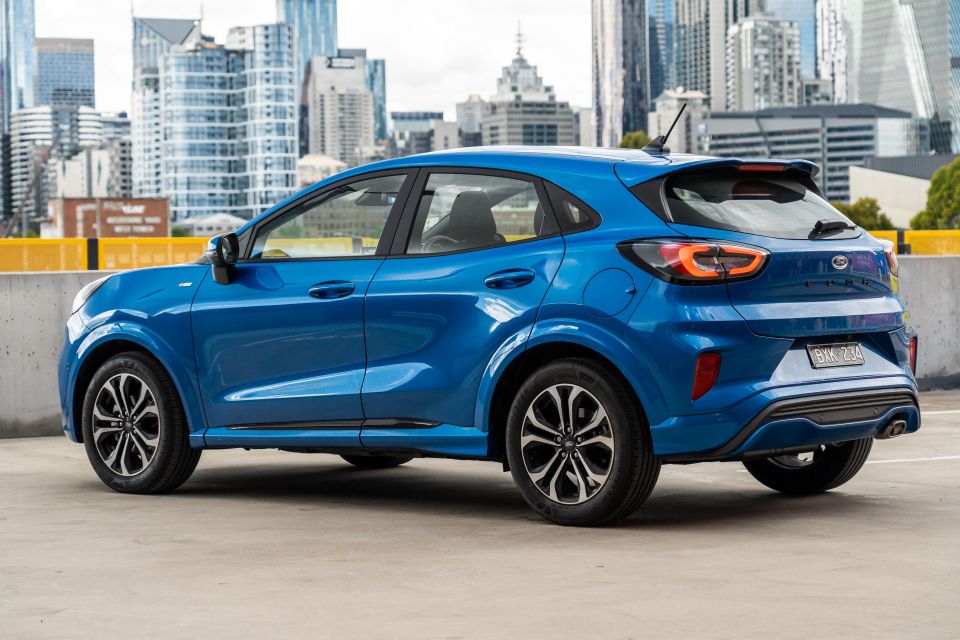
The Ranger ute range accounted for 72 per cent of Ford Australia’s sales in 2023. Throw in the related Everest, and Ranger-based models accounted for a whopping of 89 per cent of the brand’s sales.
Ford has been steadily trimming its Australian lineup, with the Romanian-built Puma the latest casualty.
It axed the Spanish-built Escape last year, with remaining stock drying up of the slow-selling mid-sizer. Like the Puma, the Escape was axed before the European launch of a facelifted model.
In 2022, Ford Australia also axed the Fiesta ahead of global production ending in 2023, and killed the Focus, which is set to exit production in 2025.
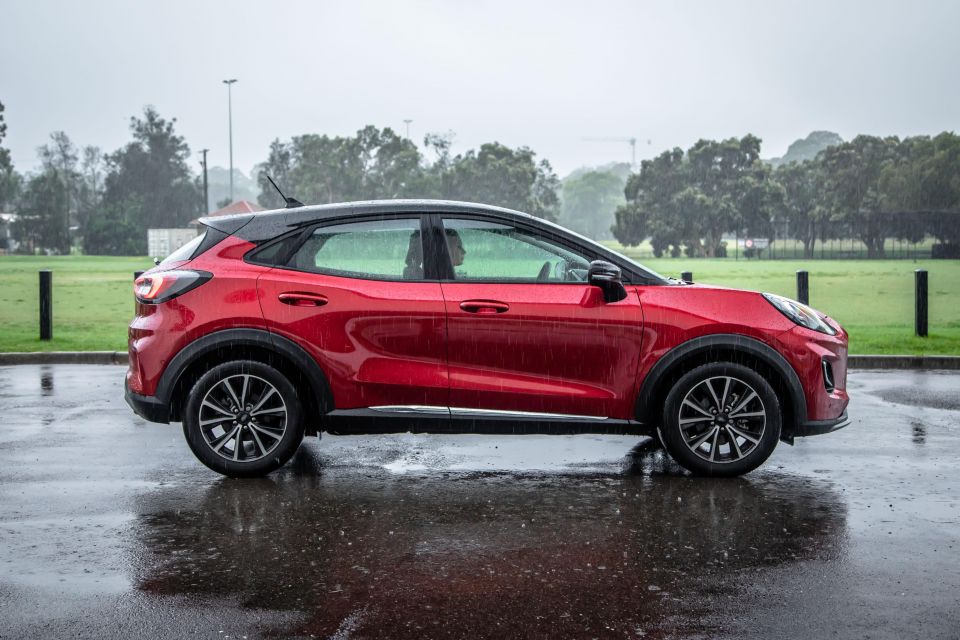
But while Ford executives globally had indicated the Escape might also join these models on the scrapheap, there was no talk of the Puma – the brand’s best seller in markets like the UK – also facing the chopping block.
Ford isn’t alone in culling its passenger car lineup. Mitsubishi Australia killed its last passenger car in 2021, while Nissan Australia axed its conventional small and medium models in 2017 and now offers only the electric Leaf and the Z sports car among a fleet of SUVs and the Navara ute.
The difference with those brands, however, is they continue to offer strong-selling SUVs.
By mid-2024, Ford Australia will have no petrol-powered crossovers at all, as well as no passenger cars bar the Mustang.
MORE: Everything Ford Puma MORE: 2023 Ford Puma review
Where expert car reviews meet expert car buying – CarExpert gives you trusted advice, personalised service and real savings on your next new car.
William Stopford is an automotive journalist based in Brisbane, Australia. William is a Business/Journalism graduate from the Queensland University of Technology who loves to travel, briefly lived in the US, and has a particular interest in the American car industry.


James Wong
5 Days Ago


Max Davies
4 Days Ago


Josh Nevett
2 Days Ago


Max Davies
2 Days Ago
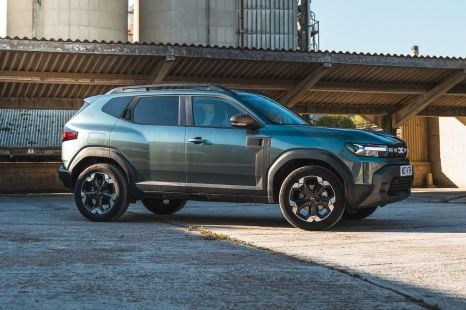

Damion Smy
1 Day Ago
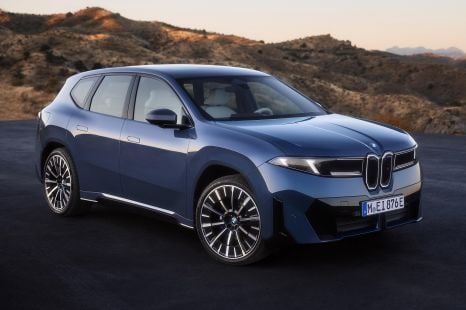

William Stopford
1 Day Ago